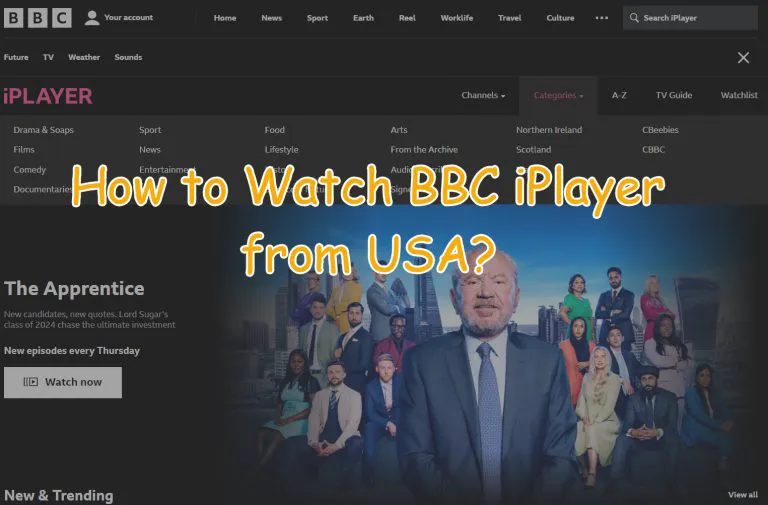How Can I Unblock a Site 2024 | 7 Proven Fixes
Have you ever encountered the frustration of trying to access a website only to find it blocked? It’s a common issue, especially considering that around 37% of global internet users face restrictions online.
When traveling abroad, you may not access your preferred content or view updates from your favorite YouTube creators. Additionally, browsing restricted websites is impossible on school networks or in censored locations, leading to a lack of entertainment.

But fear not! In this guide, we’ll explore seven proven methods to unblock websites and regain access to the content you desire.
Fixes to unblock sites:
Only work for a small number of sites:
Effective for most websites:
Best for content viewing only:
Fix 1 Use IP address instead of URL
Sometimes, accessing a website by entering its IP address directly can bypass certain restrictions. This could be due to several reasons including DNS resolution issues, firewall or content filtering, URL-based blocking, load balancer or proxy configuration, and misconfiguration or bug.
However, most websites nowadays only accept browsing through URLs. If someone claimed that you can unblock sites using an IP address, that’s definitely ridiculous! But it does work for specific types of sites, particularly government portals.
To find a website’s IP address, the easiest way is to use the Ping Command:
- Click the Windows search bar, enter cmd, and then click Open. If you’re a Mac user, open the terminal instead.
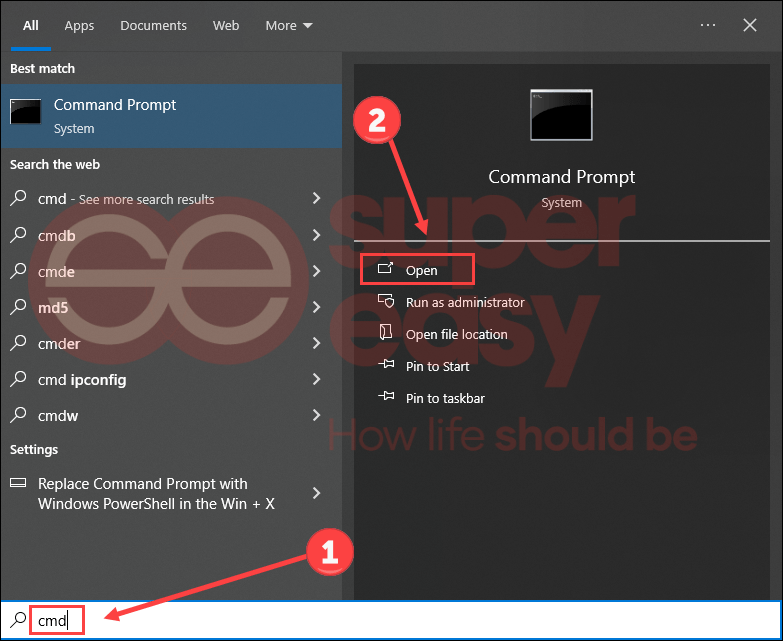
- Type ping plus the website URL you want to browse. For example, ping google.com.

- You are supposed to get the IP address of the website, for instance, 2404:6800:4005:808::200e is Google’s IPv6 address.
As mentioned above, there is no guaranteed success for this fix. Entering this Google IP address into the browser address bar may not work due to site settings. However, accessing a government site, such as https://www.texas.gov/ (IP address 75.2.85.206), will work.

After getting the IP address of the website, try entering this address in your browser instead of the URL and see if it works for you.
Fix 2 Switch Between HTTP and HTTPS
Administrators typically indicate a full URL (e.g. https://www.example.com/) when adding a site to their network’s blocklist. Occasionally, they may overlook the HTTP version, providing a convenient loophole.
To bypass this kind of website block, simply replace the https:// in the URL with http://, or vice versa.
Please note that most websites use HTTPS for secure communication over a computer network, while HTTP’s lack of encryption makes it a flaw. Therefore, if you browse a website using HTTP, be careful with your sensitive information.
Fix 3 Try a VPN
VPNs, or virtual private networks, are popular tools for bypassing geographical restrictions on websites. Offering multiple functions, they allow users to unblock sites that are otherwise restricted.
For example, if a streaming service is only available in certain countries, you can use a VPN server located in one of those countries to access the services as if you were physically there.
| Service | NordVPN | ExpressVPN | SurfShark |
| ⭐ Rating | |||
| 🖥️ Servers | 6104 servers, 61 countries | 3,000+ servers, 105 countries | 3200+ RAM-only servers, 100 countries |
| 🍿 Streaming services | Netflix, Hulu, Amazon Prime Video, BBC iPlayer, Disney+ HBO Max, Sling TV, ESPN+, and more | Netflix, Hulu, Amazon Prime Video, BBC iPlayer, Disney+ HBO Max, Showtime, Youtube TV, and more | Netflix, Hulu, Amazon Prime Video, BBC iPlayer, Disney+ HBO Max, ESPN+, HotStar, and more |
| 🔗 Simultaneous connections | 6 | 8 | Unlimited |
| 📜 No-logs policy | ✅ | ✅ | ✅ |
| 💵 Pricing | From $3.69/month | From $8.32/month | From $2.49/month |
| 🆓 Free trial | 30 days | 30 days | 30 days |
Here is how it works:
- Download and open the VPN client on your desktop. Or you can simply add an extension to your browser.
- Choose a server location and connect.

- Access the website and enjoy unrestricted browsing.
By connecting to a VPN, the VPN client encrypts your outbound traffic and sends it to the server. The VPN server removes your source IP address and replaces it with its own. In doing so, the receiving end will think that your traffic comes from the location where the server is on.
How to add a VPN extension to your browser?
Why do we recommend these VPNs?
All VPNs we recommend here have been carefully analyzed and tested.
To start with, we have thoroughly reviewed the Terms of Services, customer reviews, and official websites. NordVPN, ExpressVPN, and SurfShark stand out for their no-log policy, excellent reputation, positive reviews, and top-notch customer service.
Additionally, the options and policies provided by the company greatly benefit users. These include a 30-day money-back guarantee, a variety of protocols to choose from, flexible payment methods, and competitive prices. For example, NordVPN allows users to purchase plans using cryptocurrencies or buy them offline from local retailers, ensuring complete anonymity.
More importantly, our test team in Canada and Hong Kong carefully purchased and evaluated these products individually. The tests included examining IP leaks, DNS leaks, WebRTC leaks, conducting speed tests, testing the ability to unblock streaming services, and others. Our recommendations are derived from this test data and real user experiences.
| Average speed | NordVPN | ExpressVPN | SurfShark |
|---|---|---|---|
| Download | 7.49 Mbps | 10.71 Mbps | 10.05 Mbps |
| Upload | 0.35 Mbps | 1.24 Mbps | 0.37 Mbps |
| Idle latency | 394 ms | 336 ms | 394 ms |
| Download latency | 381 ms | 334 ms | 396 ms |
| Upload latency | 397 ms | 335 ms | 379 ms |
Finally, we selected these three options for their unique features that set them apart from other brands. In addition to common functionalities like blocking ads, malware, and web trackers, each one offers unique additional features. NordVPN, for instance, includes a password manager, dark web monitoring, and a bypass tool. Additionally, NordVPN allows for encrypted file sharing between devices without connecting to a VPN network.
How to check if a VPN is working?
After connecting with a VPN server, visit whatismyipaddress.com to check for your current IP address location. If it presents the same location when you connect and disconnect with the VPN, it’s not working.
Fix 4 Use a proxy server
Similar to VPNs, proxies conceal your actual IP address from websites, as well as the website’s IP address from entities like your government, workplace, or school. One difference lies in encryption – proxies don’t encrypt your traffic, so exercise caution when entering passwords or sharing sensitive data while utilizing a proxy.
As some organizations may stop users from downloading executable files, here we introduce how to set up a proxy server on a website. Follow the steps below to put a web proxy server in place:
- Search for a proxy server extension (e.g. Hide.Me) on the browser extension store, and click Add to Chrome.
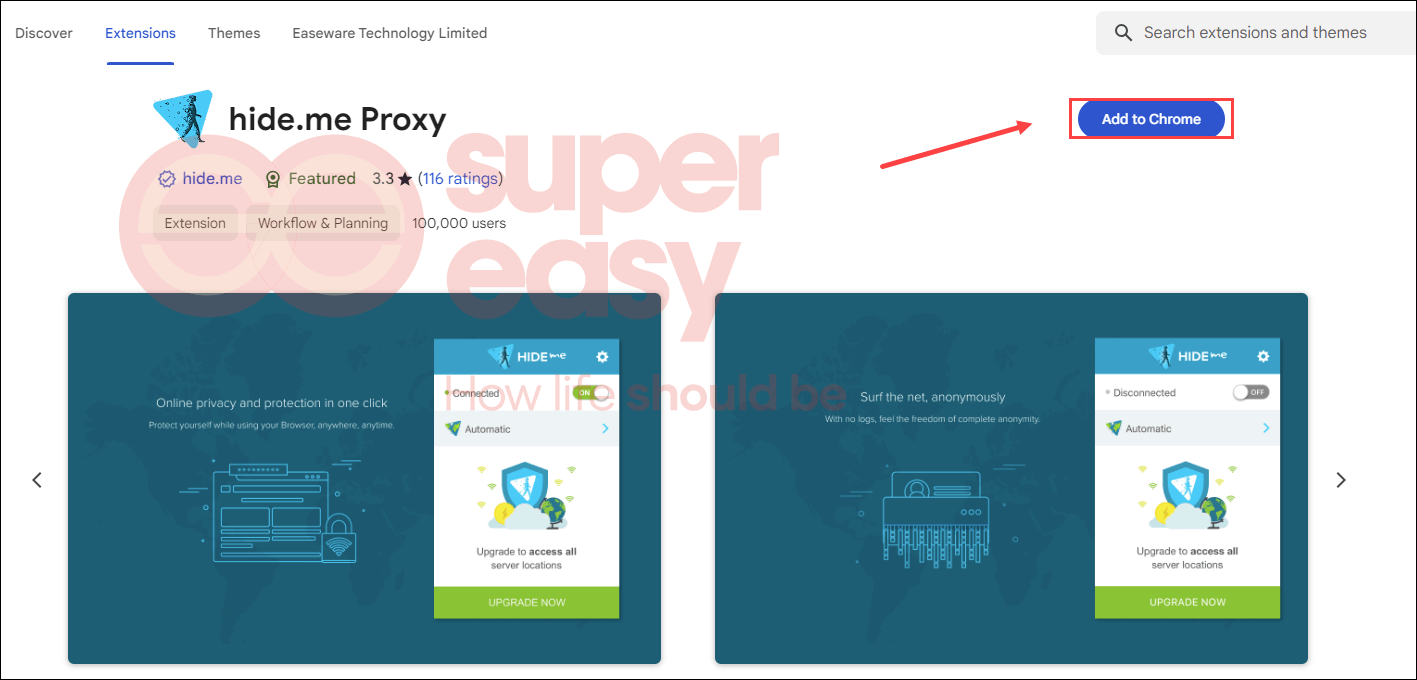
- Click Add extension.

- Find it on the browser extensions, and click Automatic to choose a location you want.
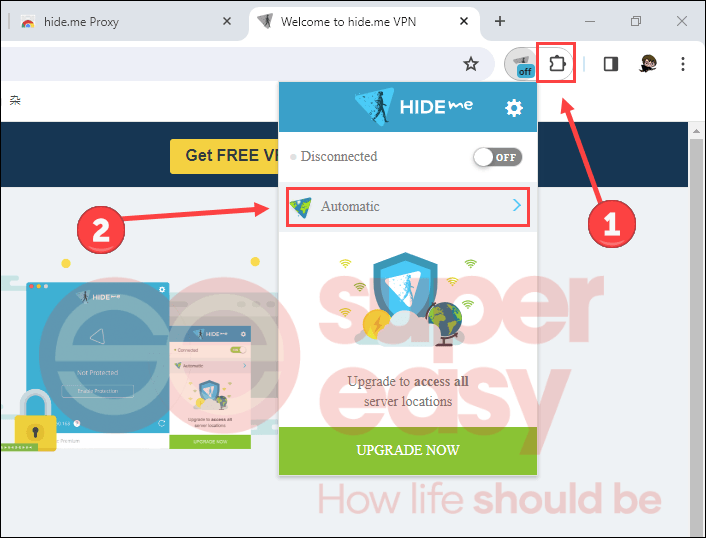
- Turn on the extension and visit the website you want.
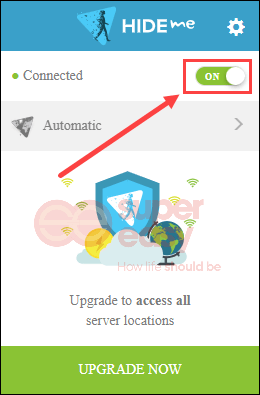
Using a proxy is free and easy to use, but it is ineffective for unblocking major streaming sites such as Netflix.
Fix 5 Download Tor Browser
The Tor Browser, short for The Onion Router, enables anonymous internet browsing by encrypting and routing internet traffic through various relays, obscuring online activities and physical location.
The Tor browser enables users to access websites that may be blocked through conventional methods like government censorship or ISP restrictions.
Using the Tor browser is free and easy. You can download the Tor Browser and simply select a connection. Then you can open it and type a URL to view the website.

It is important to note that the Tor browser can assist users in circumventing some censorship or restrictions, but it may not be effective in unblocking all websites, particularly those with strong blocking measures or hosted on networks inaccessible through Tor.
Fix 6 Page cache or website archives
A cached page is a saved version of a webpage stored by a search engine or a user’s browser on a device. The Wayback Machine by archive.org preserves copies of websites it indexes. This method is ideal for quickly accessing specific information from a webpage.
Search engine cache
simply type cached: example.com on the browser URL bar and hit Enter to see if there is aweb page cache available.
Archive Wayback Machine
- Go to archive.org.
- Enter a website URL, select Search archived web sites, and click GO.

- Choose a date and time to view the website’s saved page.

You can interact with these indexed web pages by clicking on the category on its navigator or others. However, some links may be presented with 404 if they’re not preserved by the system.
Browser extension
- Open Chrome and visit the Chrome Web Store.
- Enter Web Cache Viewer into the search box and hit Enter.

- Click the extension and click Add to Chrome.

- Click Add extension to continue.

- After that, search the website you want to view on Google, right-click the link, and select Web Cache Viewer. You can choose either WayBack Machine Version or Google Cache Archive to see which one works for you.

- Now you can view the cached page.
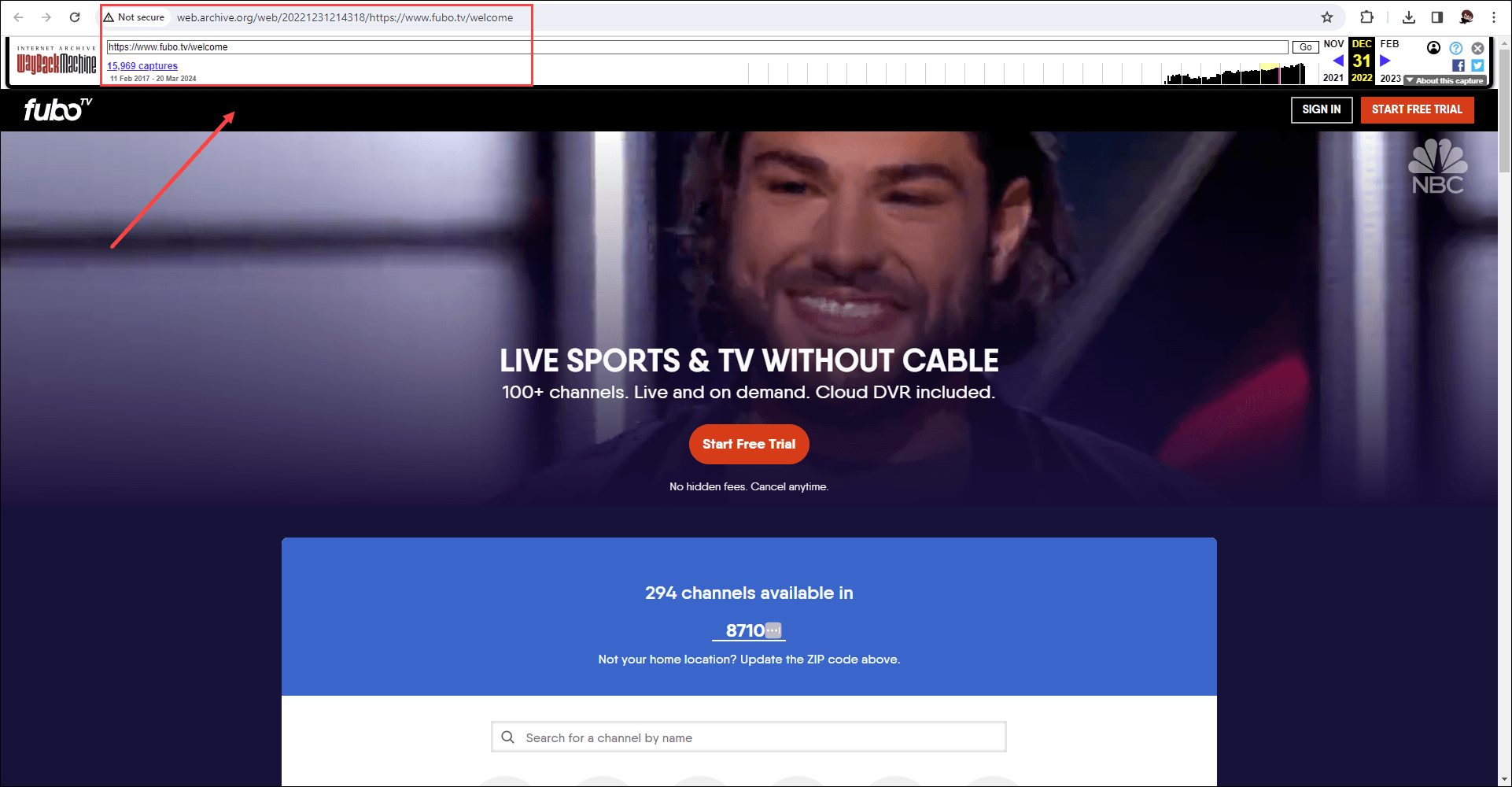
Fix 7 Converter or translator
Another method to access a website’s content without opening it is by using an HTML-to-PDF converter or translator.
A converter can retrieve content from a restricted URL and convert it into a downloadable PDF file that includes text and images. Simply browse a free HTML to PDF converter and enter a link.

Apart from a converter, a translator can complete the same job. Go to Google Translate, click Websites, enter your website link, and click the arrow button.

Leave the source language to Detect language, and you can choose English or other as the target language.

However, there are no assured outcomes since it might not deceive advanced websites or content filters.
Yes. VPNs and Proxies are effective in bypassing network restrictions, however, schools may prohibit software downloads, making browser extensions the optimal choice. It is important to note that unblocking sites at school may breach school policies, hence utilizing these tools conscientiously and understanding the potential repercussions is crucial.
FAQs
Yes, fixes like VPNs and Proxies can often bypass network restrictions, even at school. However, schools may restrict software downloads, making browser extensions the best choice. Meanwhile, it’s important to note that unblocking sites at school may breach school policies, hence utilizing these tools conscientiously and understanding the potential repercussions is crucial.
Yes, free VPNs are available online, but it’s important to approach them with caution since they have the following drawbacks:
Limited features: You may find free VPN only providing slower connection speeds, limited data usage, and few servers.
Privacy concerns: Some free VPNs collect user data and may log user internet activity, and sell them to third parties.
Security risks: They may lack features such as strong encryption, secure protocols, or protection against DNS leaks, leaving your data vulnerable to interception or surveillance.

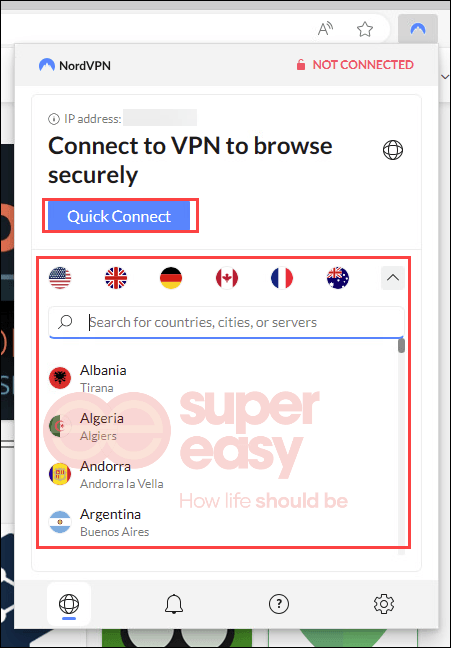


 View all of Yuki Huang's posts.
View all of Yuki Huang's posts.
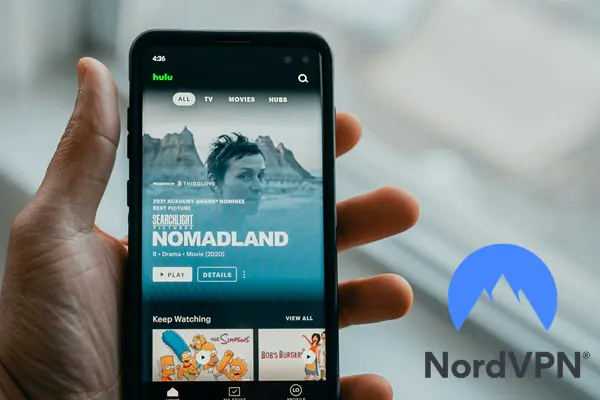

![[Fixed] Access Denied, You Don’t Have Permission To Access on This Server [Fixed] Access Denied, You Don’t Have Permission To Access on This Server](https://www.supereasy.com/wp-content/uploads/2024/03/accessdenied.png)


